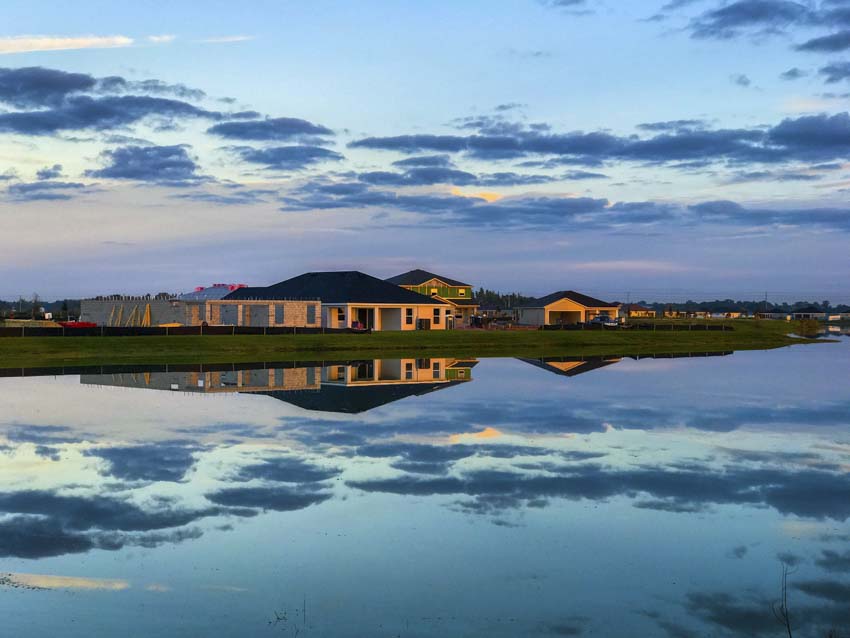Shades of 2007 Return as Fed Warns of New Housing Bubble
It’s been an up and down couple of years for construction. Up thanks to the huge demand for housing, but down because of the challenge to find labor, supply shortages, and material price volatility. With housing costs on the rise, the Fed is now warning of a new housing bubble that’s ready to burst.
That Was Then…
Those of us in the 40+ age group likely remember the 2006 housing bubble well. My family was in a 1600 square foot 3/2 on a 1/4-acre lot that we paid $160,000 for in 2004. 2 years later, we had unsolicited offers for $250,000 before the bubble burst.
Existing homes were selling for more than new construction and desperate homebuyers got into bidding wars that drove prices even higher. In our area, it wasn’t unusual to see someone buy a house, sit on it for a couple of weeks, relist it for a higher price, and walk away with a nice profit before the first payment was due.
Hindsight is 20/20 and we know more about how lending practices and poor decisions led to the craze and the eventual fallout. But what’s going on now?
This is Now…
Some things are obvious and others are educated guesswork, but there are some facts to work with. According to an article from the Daily Wire, the average cost of a new home is now $511,000. Prices have increased some 25% in the past year alone and the cost of a new house compared to 2012 has doubled.
Looking at my own home as an example, the estimated value is 55% higher than what we paid for it as new construction just 3 1/2 years ago. According to a local newspaper, the county we live in (Polk County, FL) is the fastest growing in the state of Florida and the 7th fastest in the country, adding to our local price increase.
So what gives?
Inflation isn’t helping matters with an 8% year-over-year increase. Lumber and fuel prices are high, adding to the cost. Lead times on windows, garage doors, and other construction materials are high. Plus, there aren’t as many houses available, producing a higher demand.
Then there’s the exodus away from large cities into suburban areas and from restrictive states to more open states. Add in that some folks are able to work remotely, and you can make California/New York money in states with a lower cost of living.
How Low Could We Go?
From April 2007 to October 2011, the average price of a new home in the US dropped from $311,700 to $250,000—a loss of 19.8%. Based on today’s values, a similar bubble burst would drop prices from $511,000 to $409,822. But that only sets us back a year and the acceleration was already well under way at that point.
Could they fall further? Sure. Might it not be as bad? Absolutely. Like any good financial advisor will tell you, the crystal ball is broken and there’s no way to know for sure until we see it in hindsight.
What is clear is that the reasons are different this time, there are warning signs of a bubble that’s ready to burst, the Fed is warning us about it, and we’re all waiting for Netflix to have a documentary on the geniuses that figure out how to make a ton of money from it.
We have a couple of guys on our team who want to buy houses. If you’re in the market to buy, our advice to you is the same as our advice to them: be patient. When this bubble pops, those who have cash on hand will be in a position to take advantage of the dip.
If you’re thinking about selling, it’s time to get on the ball. There’s no telling what’s going to start the slide or when it’s going to happen.



